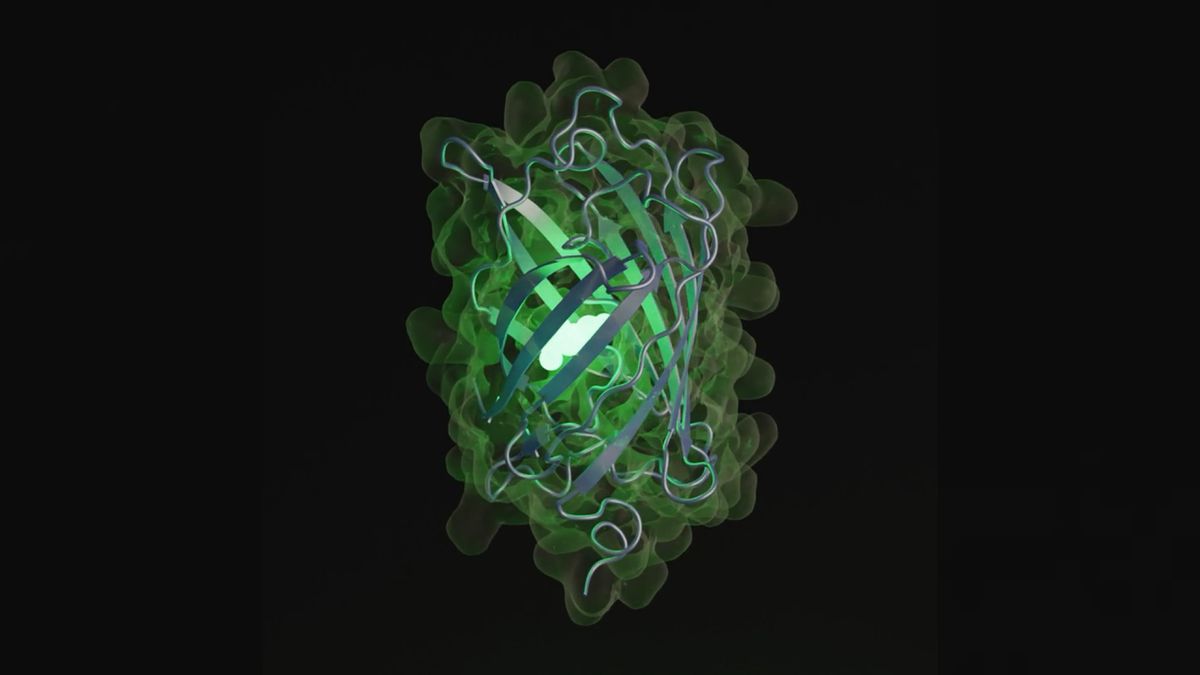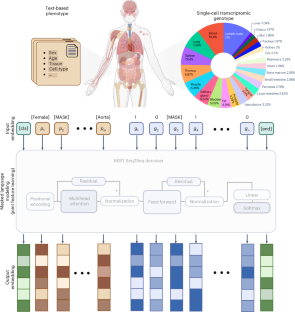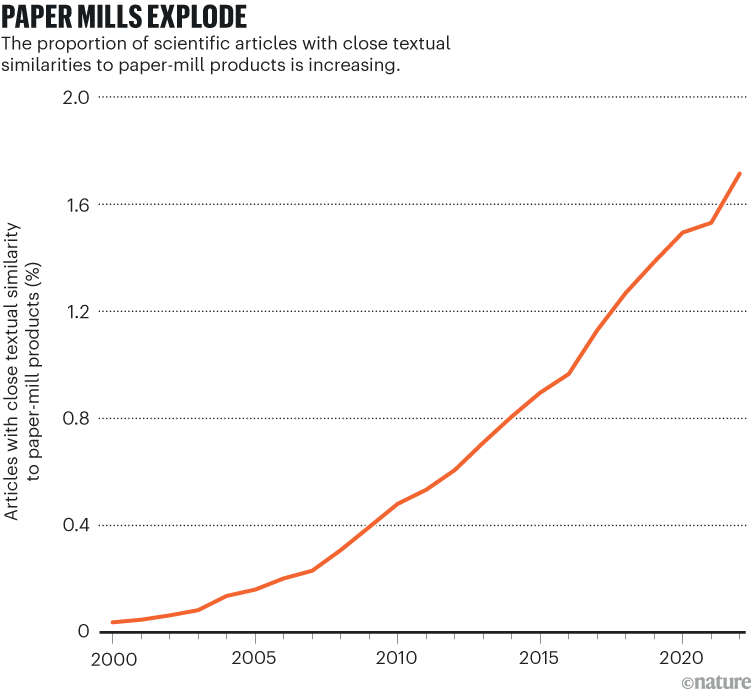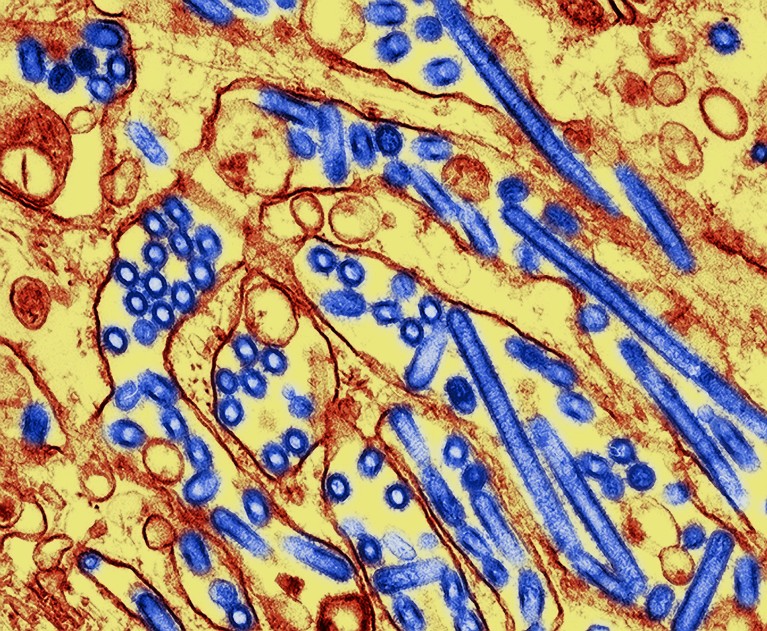-
New glowing molecule, invented by AI, would have taken 500 million years to evolve in nature, scientists say

An artificial intelligence (AI) model has simulated half a billion years of molecular evolution to create the code for a previously unknown protein, according to a new study. The glowing protein, which is similar to those found in jellyfish and corals, may help in the development of new medicines, researchers say. Proteins are one of…
-
Seed Treatment Transformed… Science Powered by Nature

Levi Tipton, Seed Treatment Account Manager for Tidal Grow® AgriScience, is a forward-thinking seedsman driven by a mission to deliver value from business-to-business relationships all the way down to the farm gate. Rooted in a family farm in Iowa, his journey spans seed production, agronomy support, and a Master’s in Seed Technology and Business from…
-
Chaos erupts in US science as Trump’s team declares freeze on federal grants

The administration of President Trump set off an uproar 27 January by suspending federal spending on grants and loans.Credit: Joe Raedle/Getty Researchers in the United States are reeling after the administration of new president Donald Trump issued an order on 27 January that froze all federal grants and loans. A federal judge in Washington DC…
-
Multimodal learning for mapping genotype–phenotype dynamics

Abstract How complex phenotypes emerge from intricate gene expression patterns is a fundamental question in biology. Integrating high-content genotyping approaches such as single-cell RNA sequencing and advanced learning methods such as language models offers an opportunity for dissecting this complex relationship. Here we present a computational integrated genetics framework designed to analyze and interpret the…
-
Reproducibility and transparency: what’s going on and how can we help

Problems with experimental reproducibility affect every field of science. However, the opinions on the causes of the reproducibility “crisis” and how we all can help vary amongst fields as well as individual scientists. Here, we talk to experts from different fields of science to get their insights on this endemic issue. Professor Brian Nosek is…
-
How a boy from the Bronx unearthed the workings of the Universe

Physicist Steven Weinberg became known as a grandmaster of quantum field theory.Credit: Tamir Kalifa/The New York Times/Redux/eyevine Steven Weinberg: A Life in Physics Steven Weinberg Cambridge Univ. Press (2024). ‘Big Steve,’ his students called him. Steven Weinberg was not physically imposing, but was an intellectually dominant and much-revered figure in the scientific community and on…
-
‘Stamp out paper mills’ — science sleuths on how to fight fake research

The production of fake research is now a thriving industry, thanks to paper mills. These networks sell paper authorships and poor-quality or fabricated scientific manuscripts to researchers, or violate the peer-review process by providing fake reviews. And they have become so prolific that current self-correction mechanisms no longer work. The first evidence1 of authorships for…
-
Will bird flu spark a human pandemic? Scientists say the risk is rising

The H5N1 avian influenza virus (blue) revealed in a coloured image from a transmission electron microscope.Credit: CDC/Science Photo Library Ten months on from the shocking discovery that a virus usually carried by wild birds can readily infect cows, at least 68 people in North America have become ill from the pathogen and one person has…
-
River Bend Nature Center invites the public to Sip’N Science featuring John Cameron

Editor’s Note: The event will have beer, wine, and hors d’oeuvres provided and will not be BYOB. WICHITA FALLS (KFDX/KJTL) — Are you a weather enthusiast or curious about Texas weather? KFDX’s very own John Cameron will have a special presentation for you! On Friday, January 31, The River Bend Nature Center welcomes everyone to…
-
China’s Sichuan University overtakes Stanford, MIT, Oxford in science research

A regional university in southwest China, little known to the wider world, has eclipsed much more famous Western institutions with its high-quality scientific research output, according to a new ranking of global universities. Advertisement Sichuan University (SCU), in Chengdu, the provincial capital, has overtaken Stanford University, the Massachusetts Institute of Technology (MIT), Oxford University and…